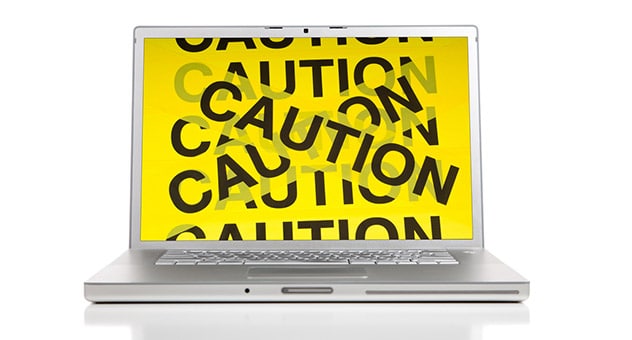

When you’re lost in a foreign country or an unfamiliar city, there’s a good chance that someone will give you incomplete directions. They’ll unwittingly miss out the part about turning right at the church, or forget that the left turn comes before the roundabout.
And even if they do give you full instructions, there’s no guarantee that you’ll follow them to a tee. You might misinterpret the traffic lights for the intersection, for instance. Or you might deliberately veer off the suggested route for a more scenic version – not realising that you’re venturing into an area that even the locals don’t like to go to.
The cost of poor directions
But in workplace welfare, giving incorrect directions can be far more costly than a few minutes of discomfort. An employee could launch legal action if a safe work guideline contains a minor error that leads them to suffer an injury. In your written communication, the stakes are high. So, creating clear, accurate written work is essential.
Through your writing, you’ve got to fully prepare for all the three scenarios above. If you’re writing standard operating procedures or compliance documents, for instance, you have to spell out all the directions in the exact order. Every instruction has to be crystal clear so that it can be accurately followed. And you have to present a compelling case to any thrill seekers that curiosity could not only kill them but endanger their colleagues.
Depending on the industry, your company’s employees may be called on to operate complex machinery, drive heavy vehicles or manage toxic substances. The financial and legal consequences of any accidents can be substantial. Hefty fines and compensation payouts to injured employees won’t just cut your company’s bottom line: they can cause huge a loss of reputation and morale. In contrast, companies with low accident records are likely to attract the best staff and have greater employee engagement, which will help to lower attrition rates. This means that money can be spent on training existing staff rather than employing new ones.
Creating a safe working environment is not an easy task. But learning and applying a series of writing tools and techniques can help you to effectively communicate health and safety messages. The techniques outlined below will help you to write high-impact reports, procedures and instruction documents. But you can apply them to all your written work. The key thing to remember is that your writing needs to be clear and reader centred. By understanding the potential pitfalls for your reader, you can help to keep them on the right road.
One step at a time
The secret to writing good instructions or procedures is to do lots of ground work. The end result may be a simple point-by-point document, but the real work is done in the careful planning. Brainstorm your ideas and clarify your thoughts by using the headings who?, what?, where?, when?, and why? You can also do this exercise with a colleague to ensure you generate all the possibilities.
Once you’ve got it all down on paper, focus on whom you’re writing for and decide what information must be included and in what order. Then lay out the instructions in numbered steps, using bullet lists where necessary.
Remember that bullet lists always need an introduction (like this one). They help to:
- convey key information
- break down complex lists
- summarise main points
Using bullet points helps to make lists clearer, as they are more visual. They also use space well and grab attention. But you can’t guarantee that your readers will scan the information and digest it before they put it into practice. They may assume that all the information they need is in the right order (even if you haven’t numbered the list), so you need to be one step ahead. For example, imagine you’re sending an employee to the Gulf of Mexico on an oil and gas exploration, but you don’t mention until point five that they need a crucial piece of equipment. By this time, they may be already on site and unable to locate the tools they need. You also need to spell everything out and don’t over-estimate how much your reader will know about any particular safety process.
Slogans and sayings
Consider writing your own catchphrases. Create one or two-line slogans to help emphasise certain points. Writing in a punchy, catchy way will grab your reader’s attention. Slogans such as ‘it’s better to have two on the job than one in hospital’ and ‘never assume, as assume makes an Ass of U and Me’ are easy to remember and can help to drive your messages home.
Keep positive
Psychology experts have found that people respond better to instructions when they’re written in positive rather than negative language. So write ‘keep calm’ instead of ‘don’t panic’ or ‘always be on time’ rather than ‘don’t be late’. This type of positive language has the subtle effect of keeping your readers motivated to follow your instructions.
Writing reports
Imagine you need to write a report that highlights your recommendations about the emergency planning procedures at your company. You’ve identified the risks that could affect the health and safety of the employees. But you feel that some extra training is needed to make sure everyone understands what to do in an emergency.
The first thing to do is to focus on your reader. Putting the reader first increases the likelihood that your report will be received favourably.
Ask yourself the following questions:
-
- What is the report about?
- Who will read it?
- How much do they already know about the subject?
- What do they absolutely need to know?
- How important is the subject to them?
- How interested are they in the subject (which is not necessarily the same thing)?
Creating order
You can use the same brainstorming process for creating instructions (see above). Alternatively, try drawing a mind map using a pencil and a piece of paper. Avoid using the computer for this – getting away from the screen can help to keep your mind fresh and encourage the creative process.
Next, go through and cluster together the ideas that have elements in common. Then decide which order you want them to go in with the most important points first.
Compelling executive summaries
Don’t assume that your reader will have time to carefully study your report. So highlight your recommendations right at the top of the executive summary. Give them the recommendations first, and then describe the benefits of your recommendations to the organisation.
Five quick tips
Whether you’re writing a poster, sign, leaflet or training document, use the tips below to make your writing as attention grabbing and powerful as possible.
Be empathic
Always step into your reader’s shoes. Try to demonstrate, for example, that you understand the type of stress that comes from working in cold stores or in the open air during winter. Use words such as ‘you’ ‘we’ and ‘us’ to help connect with the employees.
Get active
Use the active voice where possible. Keep your sentences simple and opt for verbs instead of nouns. For instance, ‘The recommendation is that you abstain from using alcohol for 48 hours before driving’ uses the noun ‘recommendation’ and sounds formal and stilted. A much better alternative is to write, ‘we recommend that you don’t drink alcohol for 48 hours before driving.’
Stay focused
If you’re writing guidelines for your employees about how to prevent the spread of swine flu, then the instructions for hand washing will be one of your main messages. Don’t dilute what you’re trying to say by focusing on things such as government legislation or other types of illnesses.
Plain and simple
Using plain English helps to keep your writing clear. Try to write for your audience in the way they speak. This doesn’t mean you should resort to slang. Just choose simple words over complicated alternatives. Instead of writing, ‘cease from smoking’ write ‘stop smoking’. Adopt a tone that you know your readers will instantly understand.
Use a fine-tooth comb
Always proofread your work carefully, using a pencil to point to every word. It’s easy to miss typos, jarring sentences and spelling mistakes when you’ve been looking at a document for too long (particularly in headings), so do this a few days after writing it, if possible. Alternatively, ask a colleague to carefully look over it for you.
It can be tough to get your messages to hit home. Safety is a thankless task, as you probably know: colleagues don’t tend to congratulate you because they’ve had no accidents that week.
But, by engaging people, your writing can be a powerful tool that can help to save lives and keep employees happy and healthy. You can never be sure that your colleagues won’t act like the tourist who gambles on walking through the wrong part of town. But you can be sure that you’ve done all you can to guide them to a safe destination.
Want to write better reports and procedures? Have a look at the courses we run or get in touch for a no-obligation chat with one of our friendly advisors.
Image credit: Billion Photos / Shutterstock
Subscribe
Expert advice to your inbox



